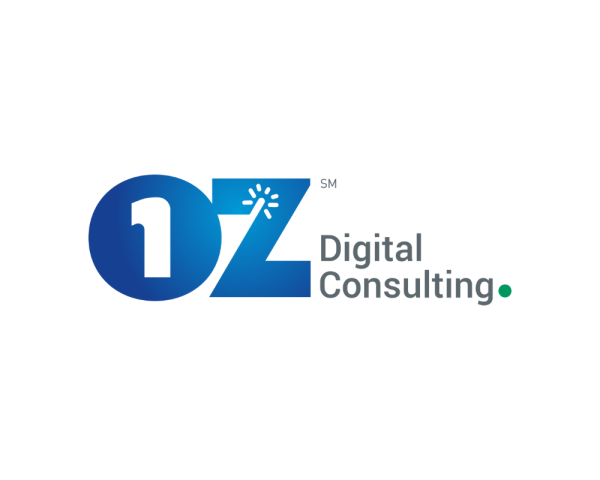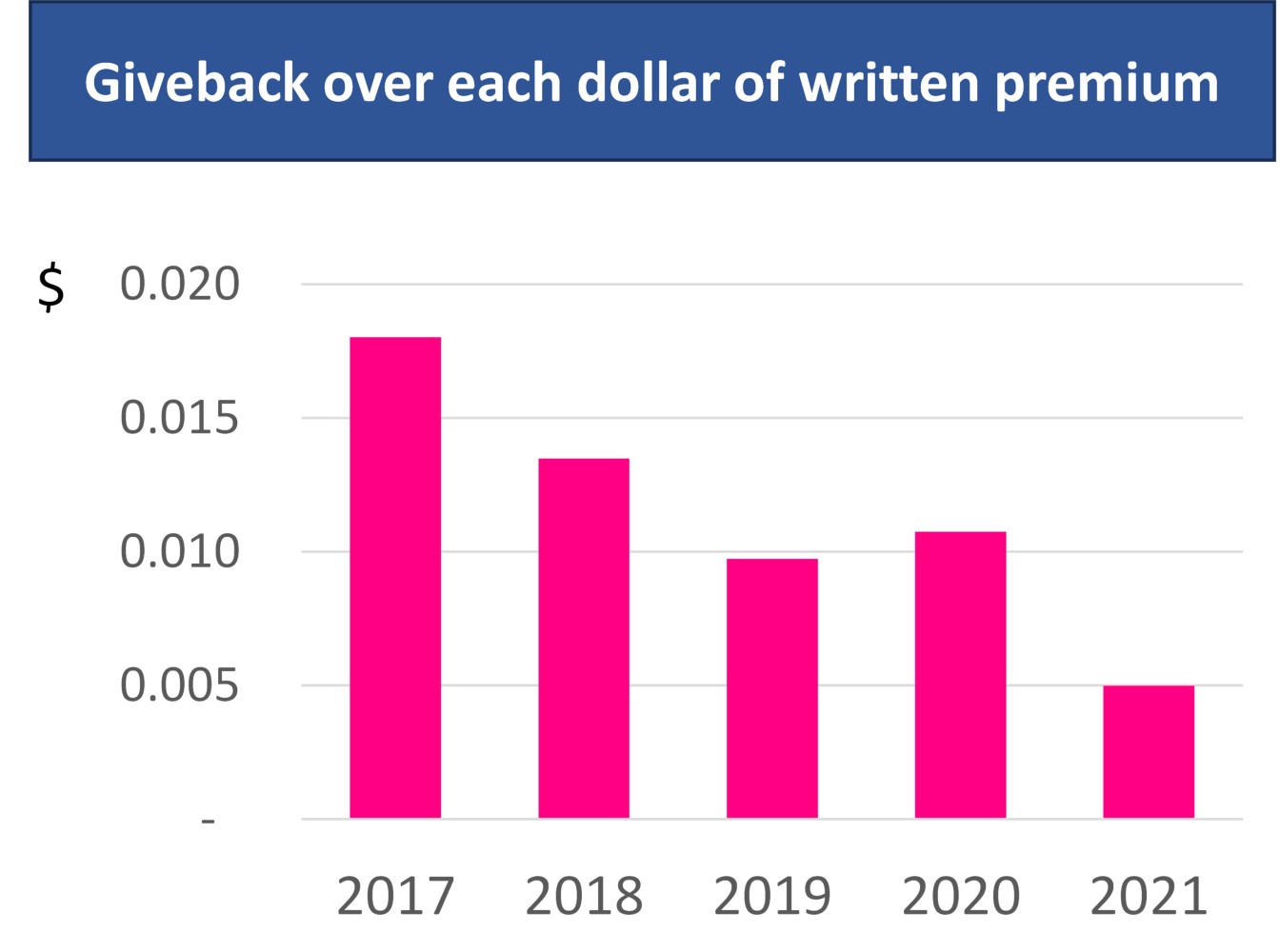In today's insurance industry, the abundance of paperwork can be overwhelming. However, the adoption of digital solutions has brought about advancements in paperless options. While traditional paper-based processes have been replaced by digital alternatives, the emergence of intelligent document processing (IDP) presents new opportunities and challenges. IDP has the potential to revolutionize the insurance industry, saving time and costs while ensuring accuracy and efficiency.
Take the Work Out of Paperwork
The manual processing of documents, such as rekeying information or extracting data from third-party systems, consumes valuable time and financial resources for insurance carriers.
Consider these findings*:
Underwriters spend up to 5-8 hours a week on non-underwriting tasks, such as building manual reports, rekeying and extracting data from third-party systems
26% of quote information produced while rekeying is inaccurate
26-50% of pricing processes still rely on spreadsheet calculations
Intelligent document processing emerges as a game-changing technology that can address these challenges. Unlike traditional automation tools, IDP leverages Artificial Intelligence (AI) and Machine Learning (ML) to scan unstructured information and read documents in various formats, simulating human-like interaction without requiring extensive human intervention. The benefits of IDP include the ability to process documents up to 25 times faster, work 24/7, and achieve remarkable accuracy.
Unlike traditional Robotic Process Automation (RPA), IDP takes a different approach. It doesn't depend on predefined rules or templates for document processing. Instead, it uses AI and ML to scan and interpret unstructured information from documents in multiple formats, mimicking human-like understanding and comprehension. This advanced technology has made significant progress in automating tasks that were previously deemed impossible to automate. As a result, these once-challenging processes are now becoming increasingly commonplace in the insurance industry.
Versatility of Intelligent Document Processing
IDP offers a wide range of capabilities that cater to the diverse needs of the insurance industry:
- Data extraction: IDP employs a combination of Optical Character Recognition (OCR) and Natural Language Processing (NLP) to process various forms, including KYC forms, tax documents, and SEC filings. By scanning documents for specific terms or words, it extracts relevant data accurately.
- Data classification: Documents can be categorized based on their format, content, and attributes, allowing for efficient organization and retrieval.
- Verification: IDP validates and verifies data, ensuring accuracy and completeness, minimizing errors that could lead to potential risks.
- Error reduction: Through automated error detection and correction, IDP enhances data integrity and reduces the likelihood of inaccuracies.
- Digitization: Paper documents can be digitized and securely stored and retrieved electronically, eliminating the need for physical storage space, and facilitating easy access.
- Integration: IDP seamlessly integrates with existing systems and workflows, streamlining document processing and enhancing overall operational efficiency.
- Compliance and risk management: By protecting sensitive data and ensuring confidentiality, IDP assists in maintaining compliance with regulatory requirements and mitigating risks.
Top 5 Ways Intelligent Document Processing Can Help You
1. Document Processing
IDP enables automated matching, uploading, categorization, and verification of policy applications, claim submissions, contracts, invoices, reports, receipts, and emails. By "reading" each document, extracting key data values, and entering them into underwriting systems, it accelerates the insurance submission triage process and enables handling more requests with existing resources.
2. Policy Administration
Throughout the life cycle of an insurance policy, IDP plays a crucial role. It supports initial policy processing, manages endorsements or riders, performs audits to ensure accurate pricing based on potential exposure, and resolves customer queries effectively. Additionally, IDP automates premium reminders, data validation, and policy uploads, optimizing the policy issuance process.
3. Claims Management
The claims process involves multiple stages, including First Notice of Loss, document review, data extraction, assignation of adjustors, claim uploading, and fund disbursement. IDP streamlines these steps by automating document handling from various stakeholders, reducing manual intervention, and increasing efficiency.
4. Underwriting
Underwriting is another document-heavy process where underwriters extract and review thousands of documents before entering them into a downstream processing system. An intelligent system "reads" these documents like an underwriter, finds relevant data, and enters the appropriate data into the system, freeing up underwriters' time for higher-value work—resulting in improved productivity and underwriting accuracy.
5. Invoice Processing
Automating invoice processing can save significant time and resources. IDP can extract, separate, and integrate data from invoices into accounting systems, eliminating manual data entry and reducing errors, leading to substantial time savings.
Intelligent Document Processing presents a transformative opportunity for the insurance industry to enhance efficiency, reduce errors, and deliver superior customer experiences. By leveraging AI and ML technologies, IDP streamlines document processing, optimizing various areas such as claims management, policy administration, underwriting, and invoice processing. As the insurance industry continues to embrace digitization, IDP will play a crucial role in shaping a paperless future, maximizing operational effectiveness, and enabling insurers to stay competitive in an evolving landscape.
If you'd like to learn more about how you can automate document processing and stay competitive, contact us.
Murray Izenwasser, Senior Vice President, Digital Strategy
 At OZ, Murray plays a pivotal role in understanding our clients’ businesses and then determining the best strategies and customer experiences to drive their business forward using real-world digital, marketing, and technology tools. Prior to OZ, Murray held senior positions at some of the world’s largest digital agencies, including Razorfish and Sapient, and co-founded and ran a successful digital engagement and technology agency for 7 years.
At OZ, Murray plays a pivotal role in understanding our clients’ businesses and then determining the best strategies and customer experiences to drive their business forward using real-world digital, marketing, and technology tools. Prior to OZ, Murray held senior positions at some of the world’s largest digital agencies, including Razorfish and Sapient, and co-founded and ran a successful digital engagement and technology agency for 7 years.
Sponsored by ITL Partner: OZ Digital Consulting
































